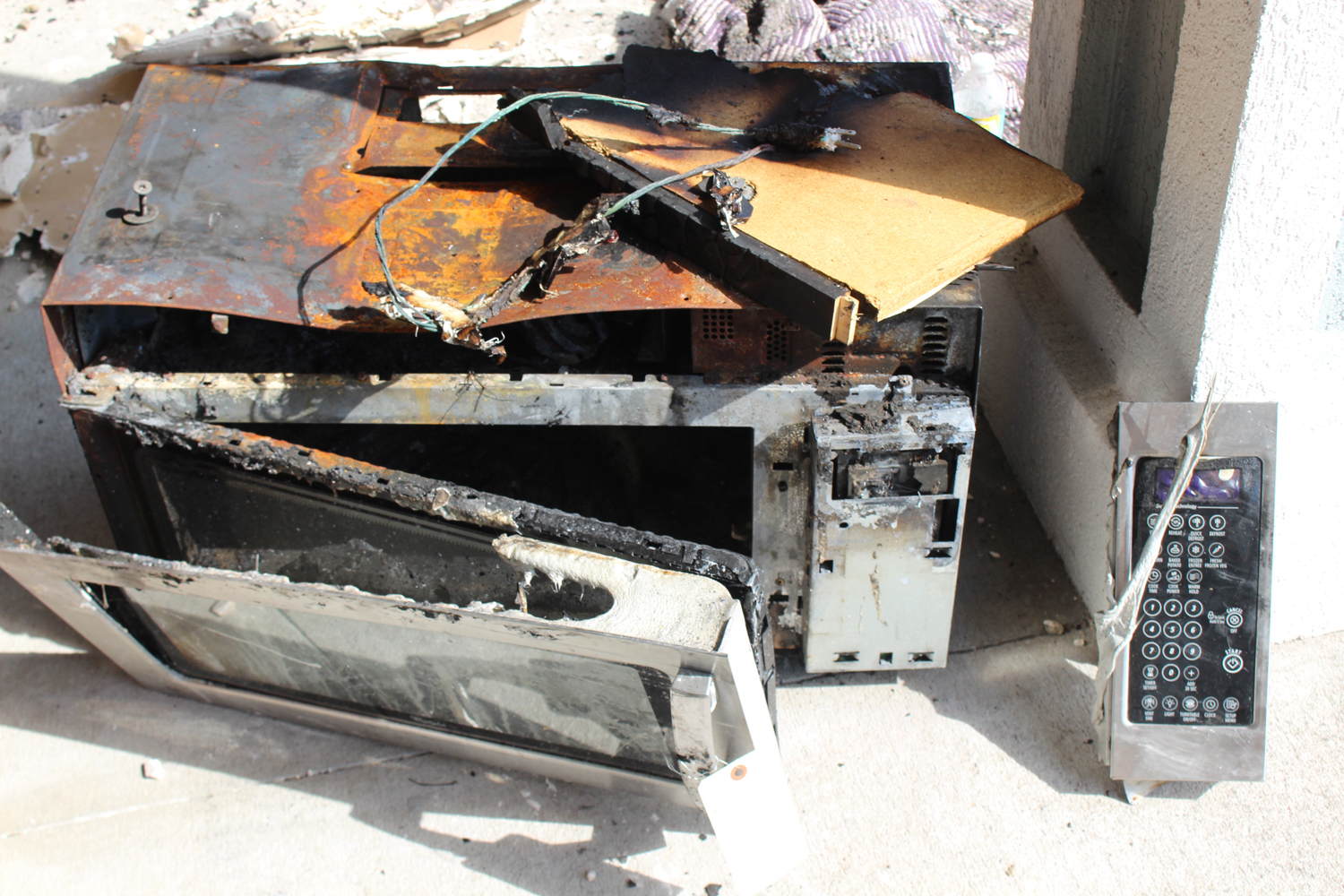Compared to a few months ago, more people are staying at home. More people are cooking at home. More people are unemployed. More people are in economic stress. Because of these circumstances, people are faced with new challenges – and more kitchens and houses are catching on fire.
An unexpected impact
According to the National Fire Protection Association, U.S. fire departments respond to an estimated average of 173,200 home structure fires started by cooking activities every year. On average, that’s nearly 470 fires per day. And now, during our stay-at-home period connected to the coronavirus (COVID-19) pandemic, we’re seeing signs that these types of fires are increasing. According to the U.S. Fire Administration, the direct property damage per year due to fires, at $25.6 billion in 2018, is now expected to rise.
Unattended cooking historically makes up 31% of kitchen fires. As more people get creative with home appliances and prepare meals at home, it makes sense that the rate of kitchen fires has increased. Unsafe use of some appliances has led to disastrous consequences. Take note of the following examples of what not to do:

- Microwaves are certainly useful for quick cooking and some even advocate their use for sterilizing kitchen sponges, for example. However, please do not microwave masks to kill germs. Why? If there is a metal nose wire or other metal fasteners in the mask, your microwave is likely to catch fire or blow up, and could burn down your kitchen, or even injure or kill someone. Instead, wash cloth masks in boiling water, or with warm water, antibacterial soap and a small amount of bleach for a safer and more effective sanitization method.
- Microwaves will also catch flame or burn certain other materials. While using your microwave to give yourself a warm towel may sound like a good idea, think twice. In another example, we recently investigated a kitchen fire that began when someone attempted to microwave a bath towel.
Potential for fraud
With increases in unemployment and personal financial stress, it is predicted that fires set intentionally will increase. According to the Coalition Against Insurance Fraud, internet searches for “how to set a fire” increased 125% year-over-year in March. Claims adjusters need to be diligent in having fires investigated for origin and cause.
Savvy property loss adjusters are recognizing the circumstances and red flags, and are engaging fire investigators earlier and more frequently during the COVID-19 era.
On a recent kitchen fire property claim at a combined residential and business property, a property loss adjuster engaged a fire investigator. The fire investigator gathered evidence and sent fire debris samples from the pan on the stove top to the forensic laboratory for analysis. Fire debris tested positive for ignitable liquids, specifically a light petroleum distillate (lighter fluid). Had the adjuster and investigator not thoroughly investigated the origin and cause of the fire, the carrier would have been on the hook for a property damage claim, additional living expenses and a business interruption claim triggered by the fire.
Property field adjusters and property claims examiners are advised to engage fire investigators early and often to determine fire origin and cause. It’s more important now than it was even a few months ago. Chalk it up as another impact of COVID-19.
> For more information about fire safety and prevention, read our related blog, “Fire safety is no crock: ‘Big three’ takeaways from ‘This is Us’”